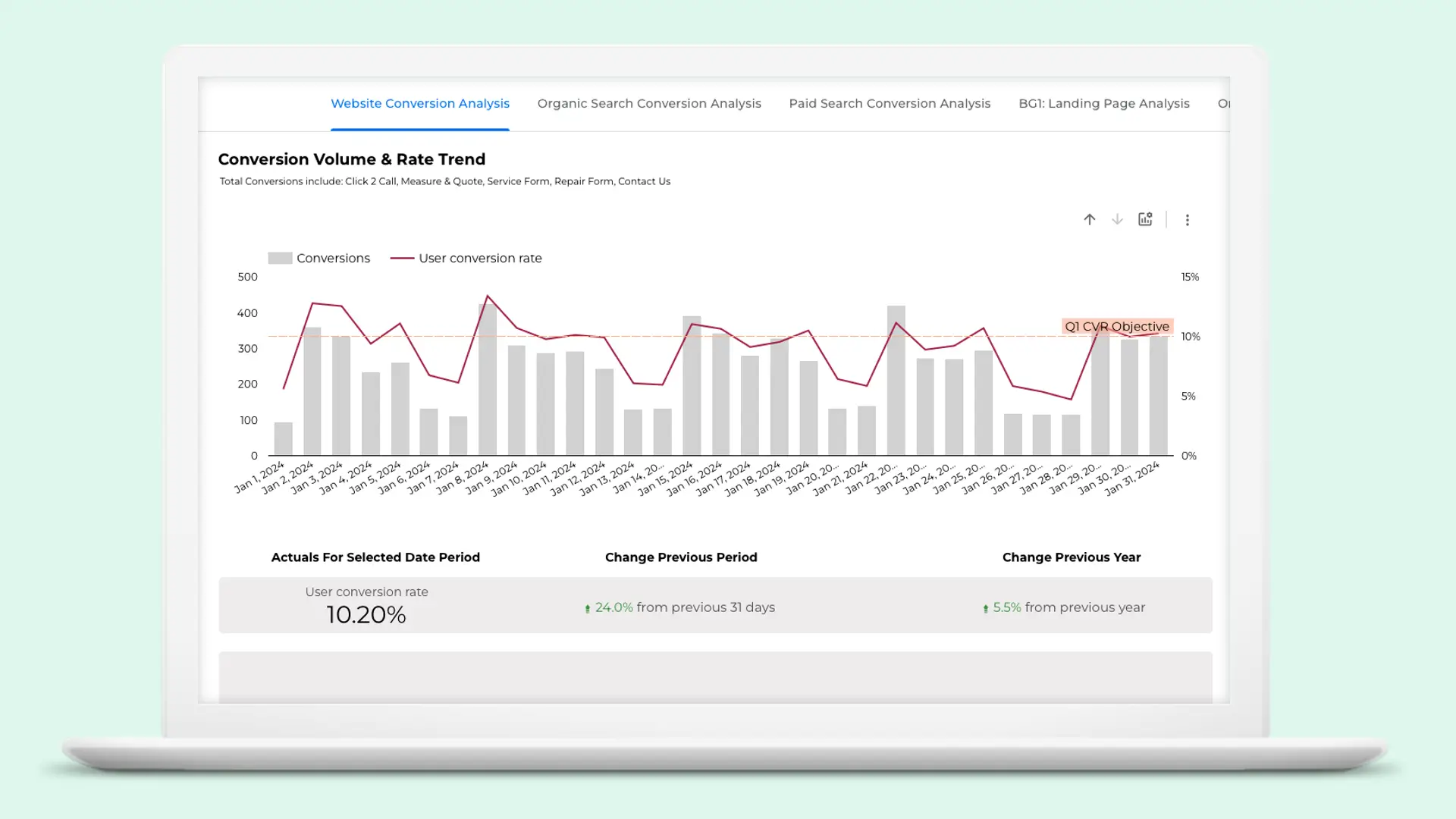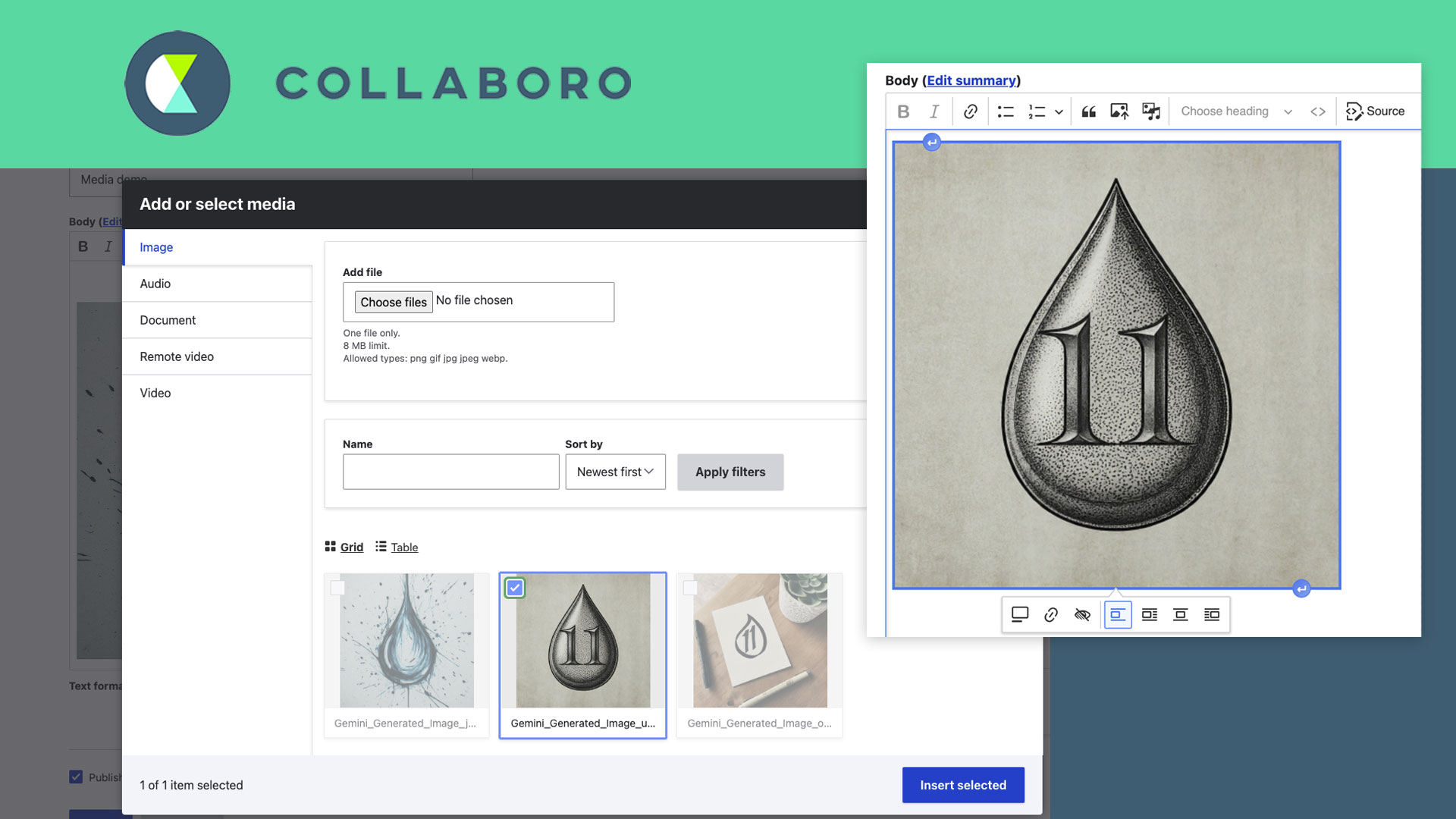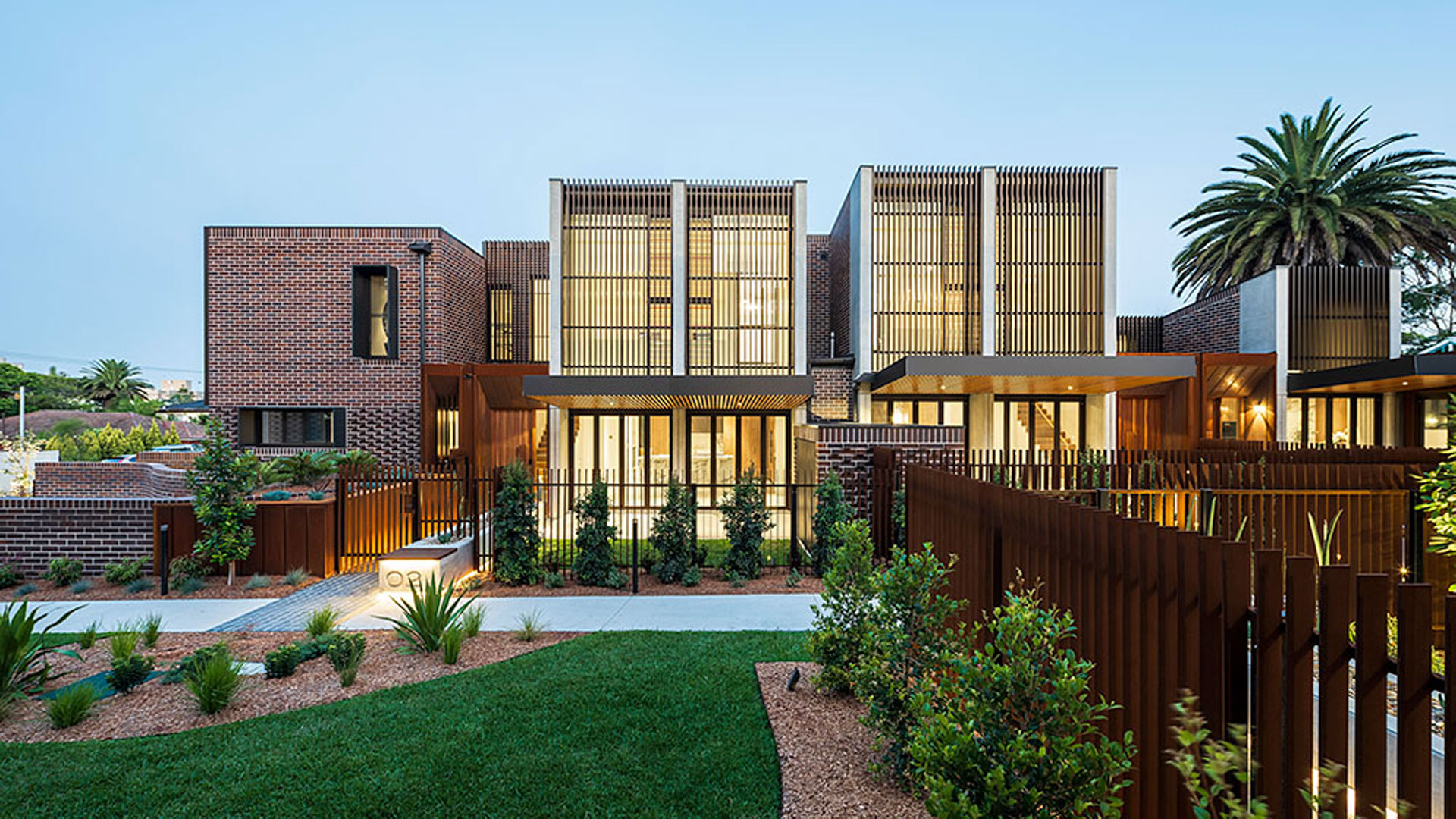Designing Well With Others | Focus on Positive Elements

Have your cup half full
There is an often-shared Zen story that goes something like this:
The Japanese master Nan-in gave audience to a professor of philosophy. Serving tea, Nan-in filled his visitor’s cup, and kept pouring. The professor watched the overflow until he could restrain himself no longer: “Stop! The cup is over full, no more will go in.” Nan-in said: “Like this cup, you are full of your own opinions and speculations. How can I show you Zen unless you first empty your cup.”
I found myself truly resonate with this story after working collaboratively with a design team in a Creative-Lead Project.
The intention to combine both creativity and usability and to merge the qualitative and quantitative domains is magnificent. However, conflicts and roadblocks are inevitable when you put Artists and Scientists in the same room. We are like the polar opposites, one factual-driven, and the other driven by emotion. So, I hoped for the best and prepared as best I could for any challenges that came my way.
In our first meeting, I was not fond of the creative concept and started analyzing each element in my mind – “this is against best practice, this will generate negative user experience, this is at odd with UX principles, this will blow their budget…”
My cup was overflown with facts, research, and best practice. And my perception was clouded by per-existing knowledge and unconscious cognitive biases (e.g., negativity bias, hindsight bias, confirmation bias). I intellectualised the creative design rather than experiencing it fully.
I took a step back – going broader, looking at the elements we were in agreement with, building on their ideas and suggesting alternatives – slowly going out of my comfort zone and emptying my cup.
Part of emptying our cup is a willingness to unlearn what we think we know to be the best or only way. However, as consultants, our clients rely on our expertise and experiences and emptying our cup completely seem to be at odd with their needs and our profession.
Hence, I propose to have your cup half full – enabling our prior experience to feed into our new work, giving it depth and more avenues through which to explore, whilst being flexible, inquisitive and ready to evolve.
The main takeaway to promote cognitive flexibility and avoid negativity bias is …
Focus on positive elements first
The negativity bias might have the most impact on our perceptions and subsequent decisions. Negativity bias is our tendency to be much more likely to be influenced by negative experiences, instead of neutral or positive ones.
To minimise the impacts of negativity bias (i.e. identifying elements that are not ideal from a UX perspective), identify the positive elements first. You will find yourself in a more positive hedonic state, feeling more motivated and promotion–focused, thereby facilitating creative and flexible thinking (there is ample research on mood-cognitive flexibility link). This means you are more willing and resourceful in finding ways to resolve disagreements, rather than just discarding it altogether.


